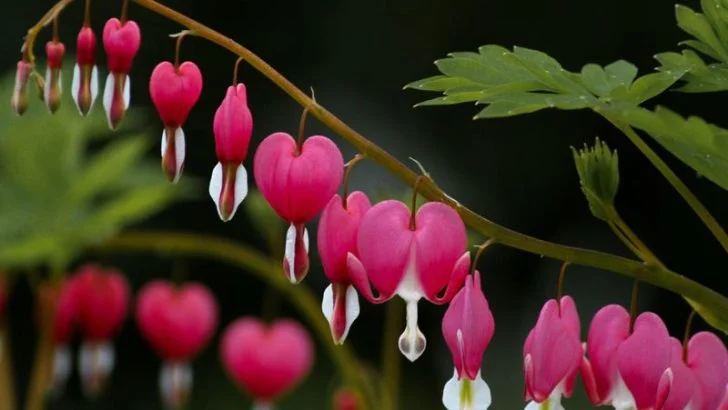While the sun is essential for most plants, excessive sunlight can have the opposite effect, scorching their leaves and causing them to wither. There are certain shade-loving plants that are particularly sensitive to too much sun, and understanding which plants need to stay out of direct light is key to maintaining a thriving garden. Whether you live in a hot climate or your garden experiences intense midday heat, protecting these delicate plants from the sun’s harsh rays can make all the difference in their survival.
From lush ferns to delicate flowers like primroses, these plants thrive in shaded areas where they can avoid the burning intensity of direct sunlight. Knowing where to plant them and how to create the ideal growing conditions ensures your garden stays vibrant without the risk of sun damage. Protect these plants from too much sun, and they’ll reward you with beautiful, healthy growth.
Hosta
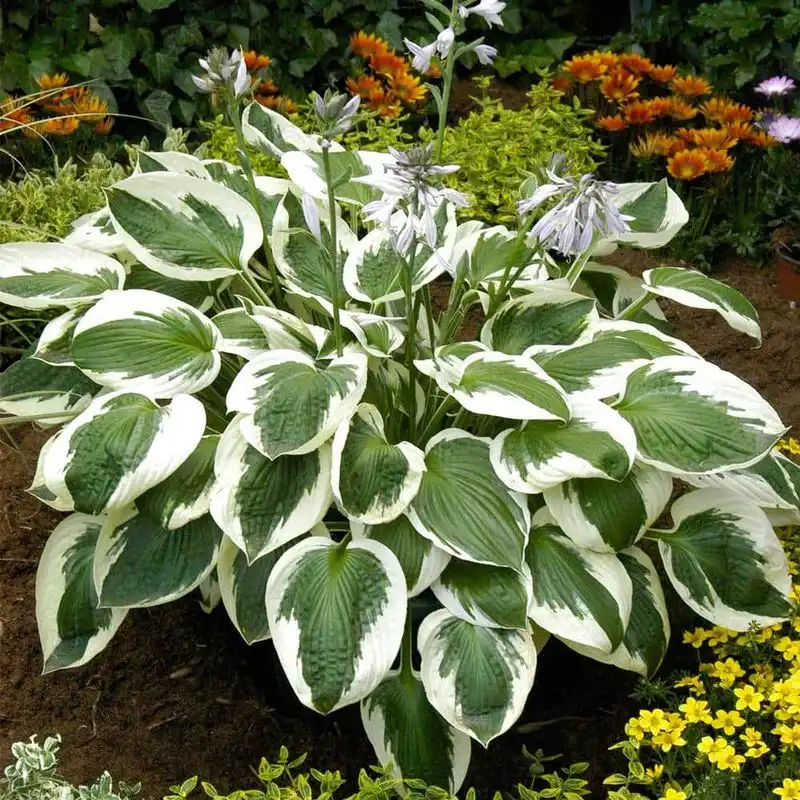
With its lush, leafy appearance, the hosta is a favorite among gardeners looking for ground cover. Despite its reputation for hardiness, this plant wilts under the relentless rays of the sun. Opting for a shaded spot ensures its leaves remain vibrant and crisp. If exposed to too much sunlight, the leaves may scorch, turning brown and brittle. Each variety of hosta may have different sunlight tolerance, but generally, they thrive in dappled shade. Watering them adequately also plays a role in their health, maintaining a balance that mimics their natural woodland habitat.
Ferns

Ferns are synonymous with shaded, moist environments. These plants have an ancient lineage, yet intense sunlight can quickly lead to their decline. The fronds are delicate, curling and browning with too much exposure. Positioning ferns in indirect sunlight or filtered light keeps them lush and green. Moisture is also crucial; dry conditions paired with sunlight can accelerate their demise. For indoor ferns, placing them near north-facing windows often provides the right amount of light. Their need for humidity means frequent misting is beneficial, recreating their natural habitat.
Bleeding Heart
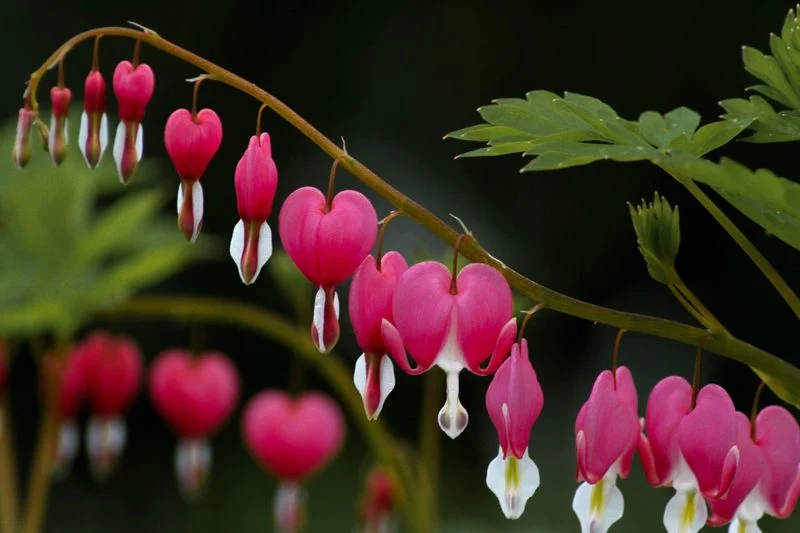
The charming bleeding heart plant is known for its heart-shaped blooms and prefers shady environments. Too much sunlight can cause these delicate flowers to wither prematurely. They thrive best in cool, moist soil, shielded from harsh afternoon sun. In a sun-drenched spot, the foliage might yellow and die back. Providing dappled shade replicates the forest floor conditions they favor. Regular watering helps maintain their health, but the soil should drain well to prevent root rot. Mulching can help retain moisture, further safeguarding these tender plants.
Astilbe
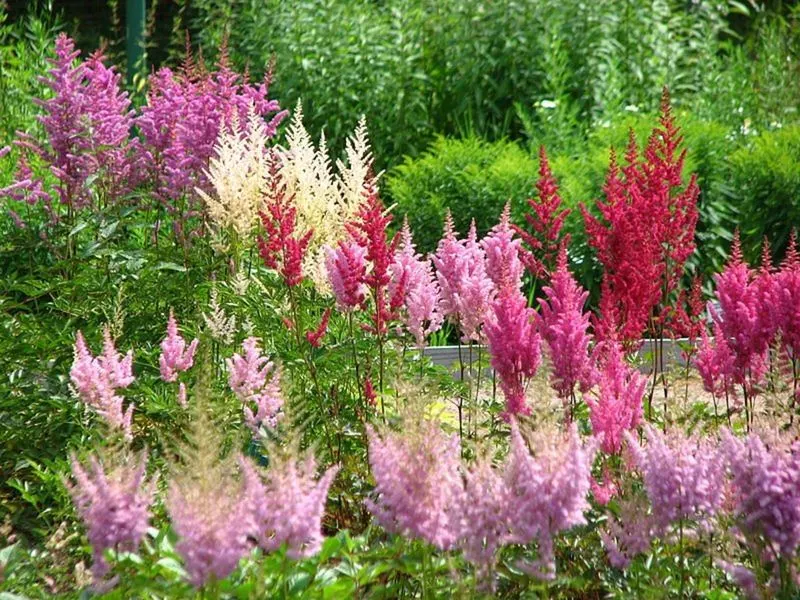
Astilbes are admired for their feathery flower plumes and vibrant colors. However, they are not sun worshipers. Extended exposure to direct sunlight may cause their leaves to scorch and flowers to droop. They prefer dappled or partial shade, where the temperatures are cooler, and the soil remains moist. Maintaining soil moisture through consistent watering is crucial for their survival. They flourish in well-drained soil enriched with organic matter, mimicking their natural woodland habitat. In hotter regions, additional shade cloth might be needed to shield them from the sun’s intensity.
Lobelia
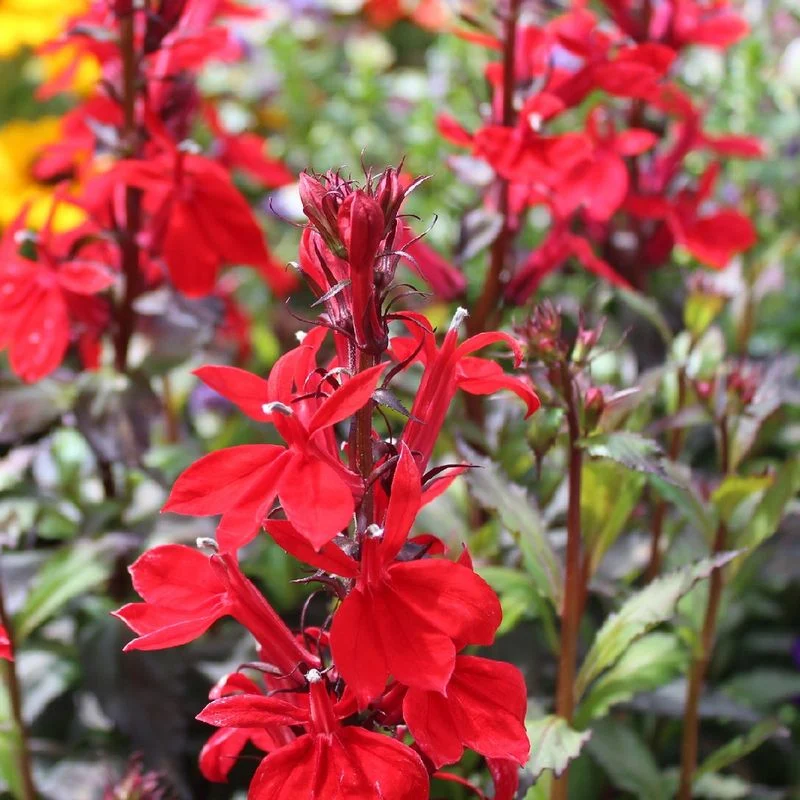
Lobelia, with its striking blue flowers, can add a splash of color to shaded garden areas. These plants are sensitive to heat and light, preferring cooler, shaded spots to bloom profusely. When exposed to too much sun, lobelia may stop flowering and begin to decline visibly. It’s crucial to provide consistent moisture, as they dislike dry conditions. An ideal location would be a spot that receives morning sun but is protected from hot afternoon rays. Regular deadheading also encourages continued blooming, keeping the plant vibrant and healthy.
Impatiens
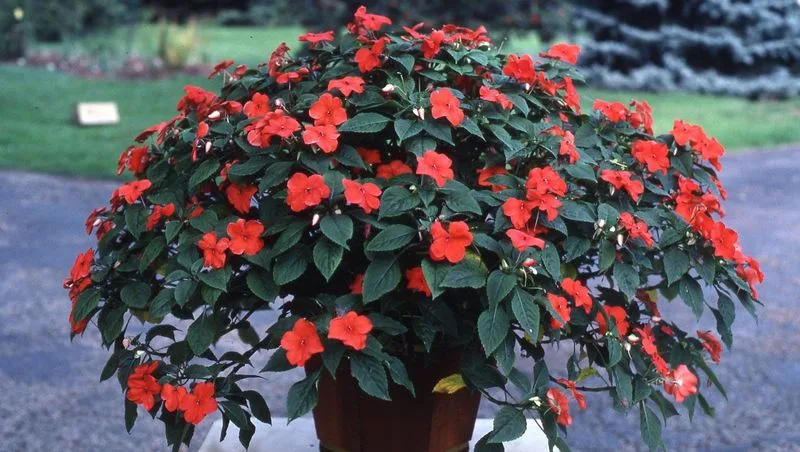
In the realm of flowering annuals, impatiens stand out for their ability to brighten up shade gardens. These plants struggle when subjected to intense sun, often leading to wilting and decreased blooms. They flourish in areas with filtered light and consistently moist soil. Impatiens are particularly sensitive to drought, so regular watering is essential. Mulching can help retain soil moisture, promoting a healthier growth environment. While they enjoy the warmth, too much sun exposure can cause flower buds to drop, hindering their vibrant display.
Caladium
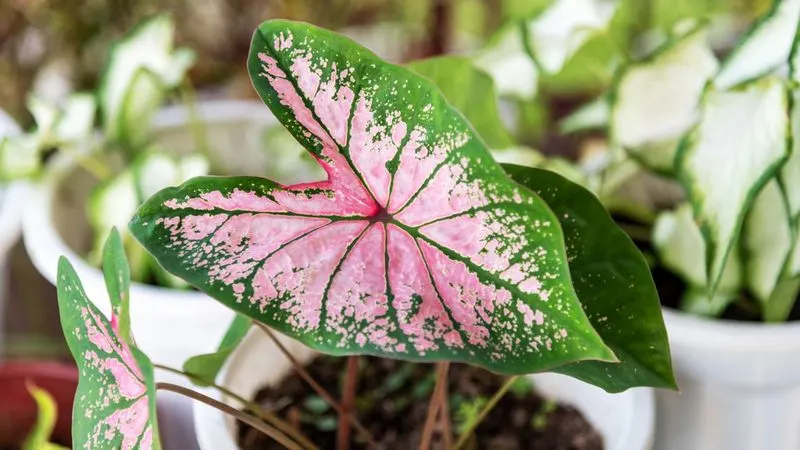
Caladiums are renowned for their colorful, heart-shaped leaves, making them a popular choice for shaded areas. These plants are sun-sensitive; too much direct sunlight can cause leaf burn, diminishing their vivid appearance. Providing ample shade and maintaining high humidity levels aids in their development. They thrive in rich, well-drained soil that remains consistently moist. For those in sunnier regions, planting caladiums in pots allows for easy relocation to shadier spots as needed. Their reliance on warmth and humidity means they are best suited to tropical or subtropical climates.
Begonia
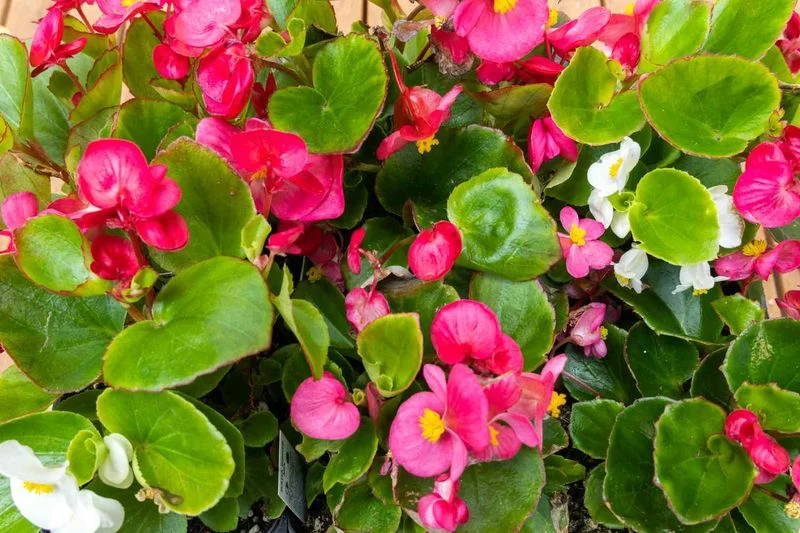
Begonias, celebrated for their waxy leaves and vivid flowers, are a staple for indoor and shaded gardens. These plants are vulnerable to sun damage, with prolonged exposure leading to scorched leaves. They thrive in areas with filtered sunlight and require protection from intense midday sun. Consistent moisture is key, but overwatering should be avoided to prevent root rot. For optimal growth, begonias benefit from humidity, which can be achieved through misting or using a humidity tray. This balanced environment helps them maintain their beauty and vibrancy.
Hydrangea
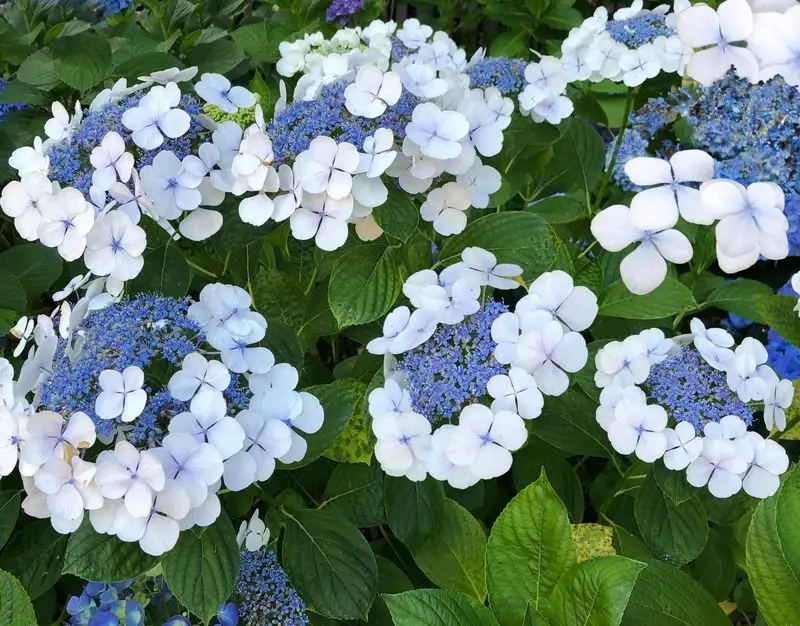
Hydrangeas are beloved for their large, showy blooms and versatility in color. However, intense sunlight can be detrimental, causing flowers to wilt and leaves to scorch. Ideally, they thrive in morning sun with afternoon shade, allowing them to develop robustly. Consistent watering is crucial, especially in warmer climates, to prevent wilting. These plants prefer well-drained, fertile soil, which can be improved with organic matter. Mulching also helps retain moisture, supporting their growth. By accommodating their need for shade and moisture, hydrangeas can flourish beautifully.
Japanese Maple
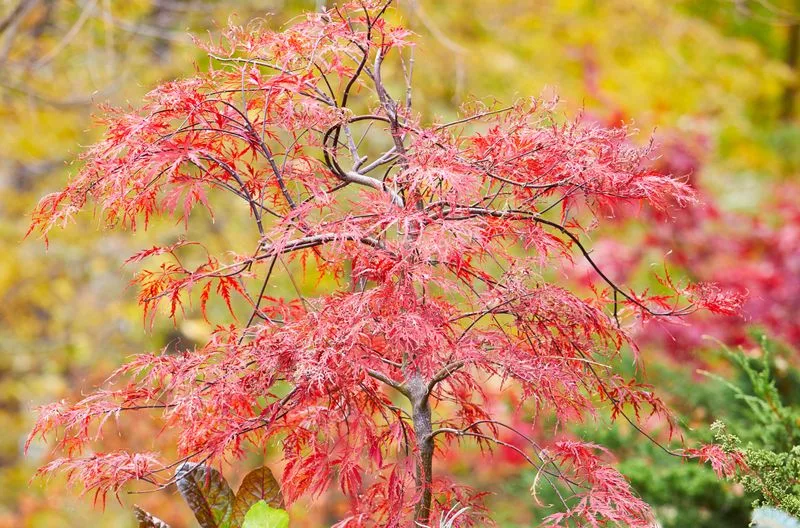
Japanese maples are cherished for their stunning foliage and graceful form. These trees prefer partial shade, as intense sunlight can lead to leaf scorch, affecting their vibrant appearance. In extreme cases, prolonged sun exposure may cause leaves to dry out completely. They thrive best in a location with morning sun and afternoon shade, combined with well-drained soil. Regular watering, particularly during dry spells, helps maintain their health. When planted in too much sun, it’s necessary to supplement with additional shade, ensuring their delicate leaves remain intact.
Heuchera
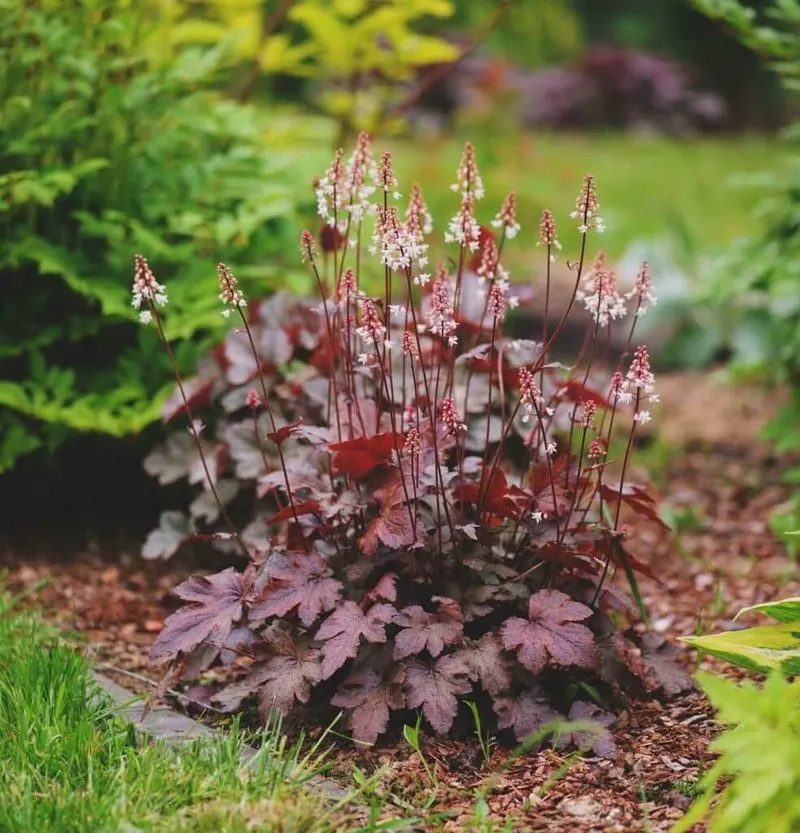
Heucheras, known for their colorful, ruffled leaves, are ideal for adding texture to a garden’s shaded areas. Excessive sunlight can lead to leaf bleaching and scorching, diminishing their ornamental appeal. They perform best in partial to full shade, where the temperature remains moderate. Consistent watering is essential, as they do not tolerate drought well. The soil should be rich and well-draining, mirroring their natural habitat. In addition to their foliage, heucheras also produce small, delicate flowers in late spring, adding to their charm and diversity.
Coral Bells
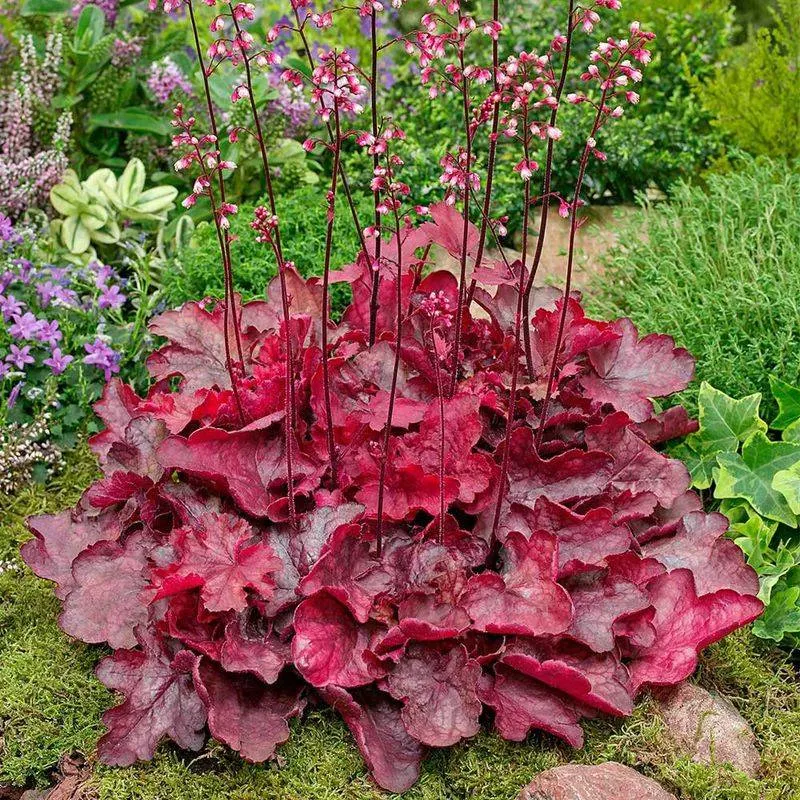
Coral bells, with their stunning foliage and charming blossoms, make a perfect addition to shaded garden niches. These plants dislike full sun, which can lead to leaf burn and loss of color intensity. Instead, they prefer partial to full shade, where they can develop their richly colored leaves. Moist, well-drained soil supports their growth, preventing the drying effects of too much sun. Regular watering, especially during dry periods, is necessary to keep them healthy. In addition to foliage, coral bells offer delicate flower spikes that attract pollinators.
Tiarella
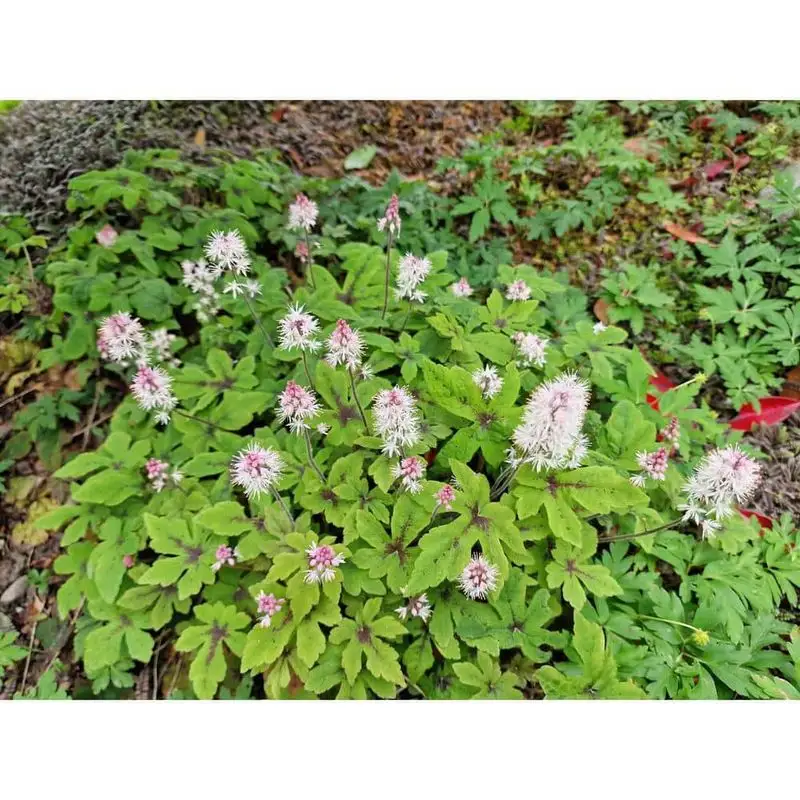
Tiarellas, often called foamflowers, are admired for their dainty, star-shaped flowers and intriguing foliage. These plants thrive in shaded environments, away from the harsh glare of direct sunlight. Too much sun exposure can cause leaf scorching and reduce flowering. They prefer moist, humus-rich soil that retains moisture while draining well. Regular watering and mulching help maintain ideal conditions. Their ability to thrive in shade, coupled with their charming blooms, makes them an excellent choice for woodland gardens or shaded borders, where their understated beauty can shine.
Lamium
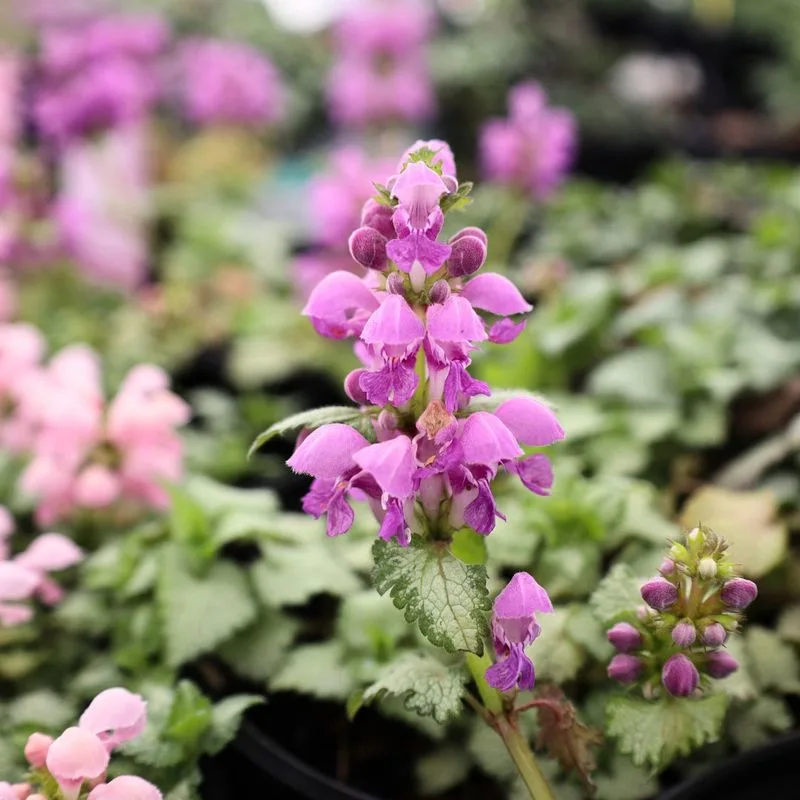
Lamiums, or dead nettles, are favored for their variegated leaves and small, colorful blooms. These plants excel as ground covers in shaded areas, as too much sun can bleach their leaves and stunt growth. They thrive in well-drained soil with consistent moisture, replicating their natural woodland habitat. Lamiums are particularly suited for areas under trees or in shady borders. Their resilience and low maintenance make them a popular choice for gardeners seeking to fill shady spots with color and texture, without the worry of sun damage.
Hosta Variegata
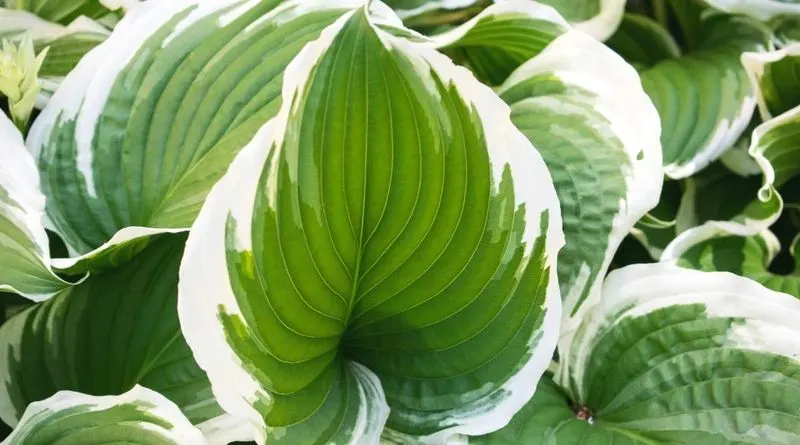
Variegated hostas, with their striking leaf patterns, are a staple in shade gardens. These plants require protection from the sun to prevent leaf scorching and fading of their distinctive markings. They thrive in dappled or full shade, where the soil remains cool and moist. Regular watering is essential to replicate the conditions of their native habitats. These hostas add visual interest with their dramatic foliage, providing texture and contrast in shaded garden areas. Their resilience makes them a favorite among gardeners looking to create a verdant, peaceful retreat.
Pulmonaria
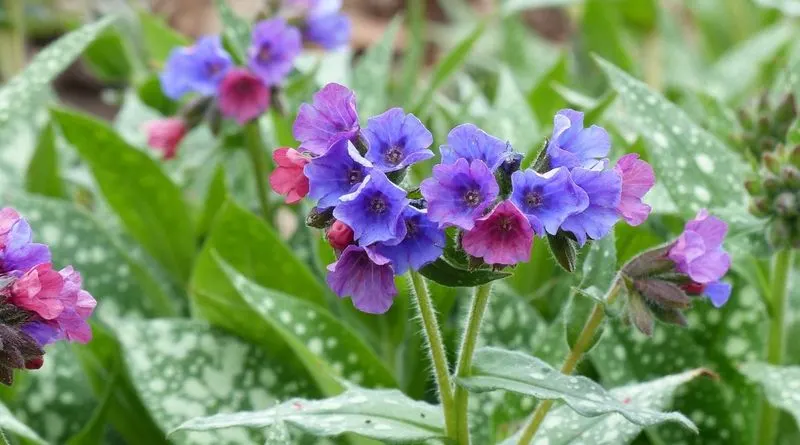
Pulmonarias, also known as lungworts, are appreciated for their spotted leaves and early spring blooms. These plants do best in shaded or partially shaded areas, as too much sun can damage their delicate foliage. Moist, well-drained soil is crucial for their development, along with regular watering. Pulmonarias are often used to brighten up shaded borders or woodland gardens, adding splashes of color with their pink or blue flowers. Their ability to thrive in low-light conditions, combined with their unique appearance, makes them a valued addition to any shade-loving plant collection.
Ajuga
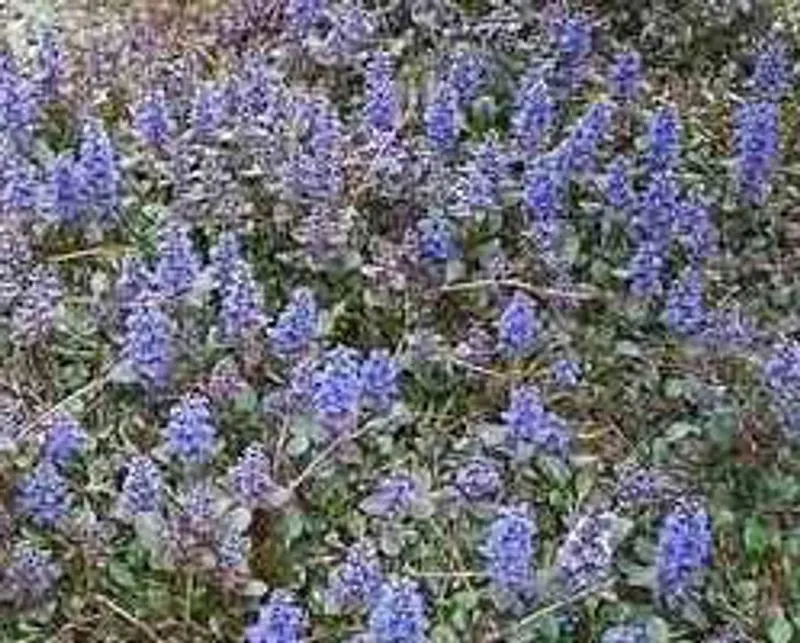
Ajugas, commonly called bugleweed, are known for their striking foliage and vibrant flower spikes. These plants prefer shady locations, as too much sun can cause leaf discoloration and flowering issues. They serve as excellent ground covers, filling in shaded areas with rich color and texture. Ajugas thrive in moist, well-drained soil, and require consistent hydration to prevent wilting. Their compact growth habit and ability to suppress weeds make them a practical choice for gardeners looking to enhance shaded spaces. Regular division helps manage their spread and encourages healthy growth.
Brunnera
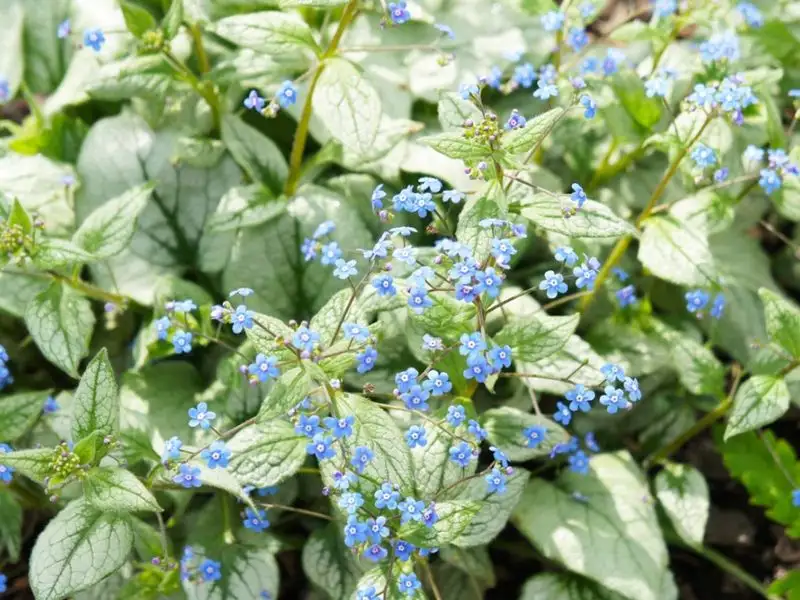
Brunneras, often called false forget-me-nots, are cherished for their heart-shaped leaves and delicate blue flowers. These plants are sensitive to sunlight, requiring a shaded location to prevent leaf scorching. They thrive in moist, fertile soil, where they can develop their lush foliage and charming blooms. Regular watering is important, especially during dry spells, to maintain their health. Brunneras are ideal for woodland gardens or shaded borders, where their ornamental quality can shine without the risk of sun damage. Their resilience and beauty make them a popular choice among shade gardeners.
Primrose
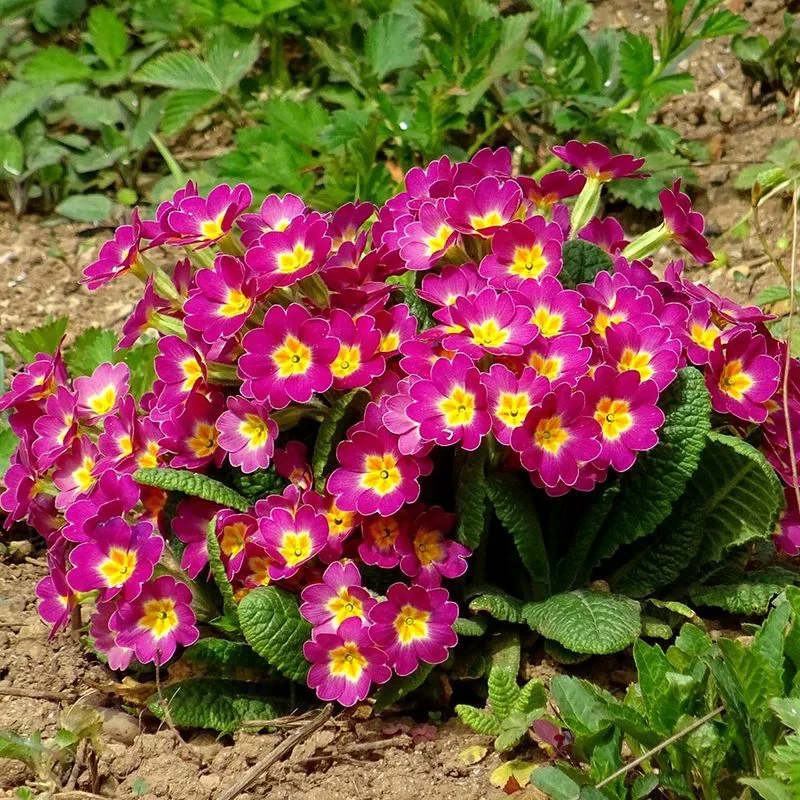
Primroses are known for their vibrant colors and early blooms, heralding the arrival of spring. These plants prefer shaded or partially shaded locations, as too much sun can cause the flowers to fade and leaves to wilt. They thrive in cool, moist soil, which helps sustain their growth and flowering. Regular watering ensures the soil remains adequately hydrated. Primroses are a welcome addition to shaded gardens, adding pops of color with minimal care. By providing the right conditions, these cheerful plants can brighten up even the darkest garden corners.
Lily of the Valley
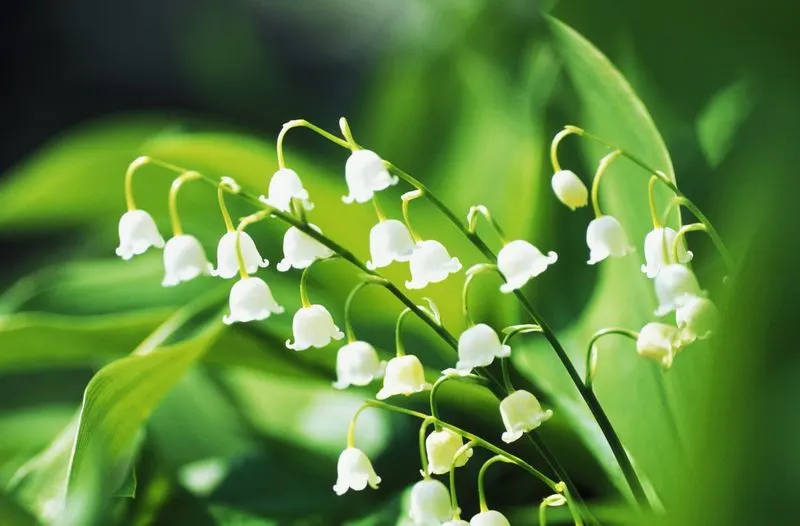
Lily of the valley is prized for its sweet-scented, bell-shaped flowers and preference for shaded environments. Direct sun exposure can cause leaf burn and inhibit flowering. They thrive in moist, well-drained soil enriched with organic matter. Regular watering ensures their roots remain cool and hydrated. These plants are particularly suited for woodland gardens or underplanting in shaded borders. Their fragrance and delicate blooms make them a beloved choice for gardeners seeking to create a serene and aromatic garden space. With proper care, they can form dense, attractive ground covers.

